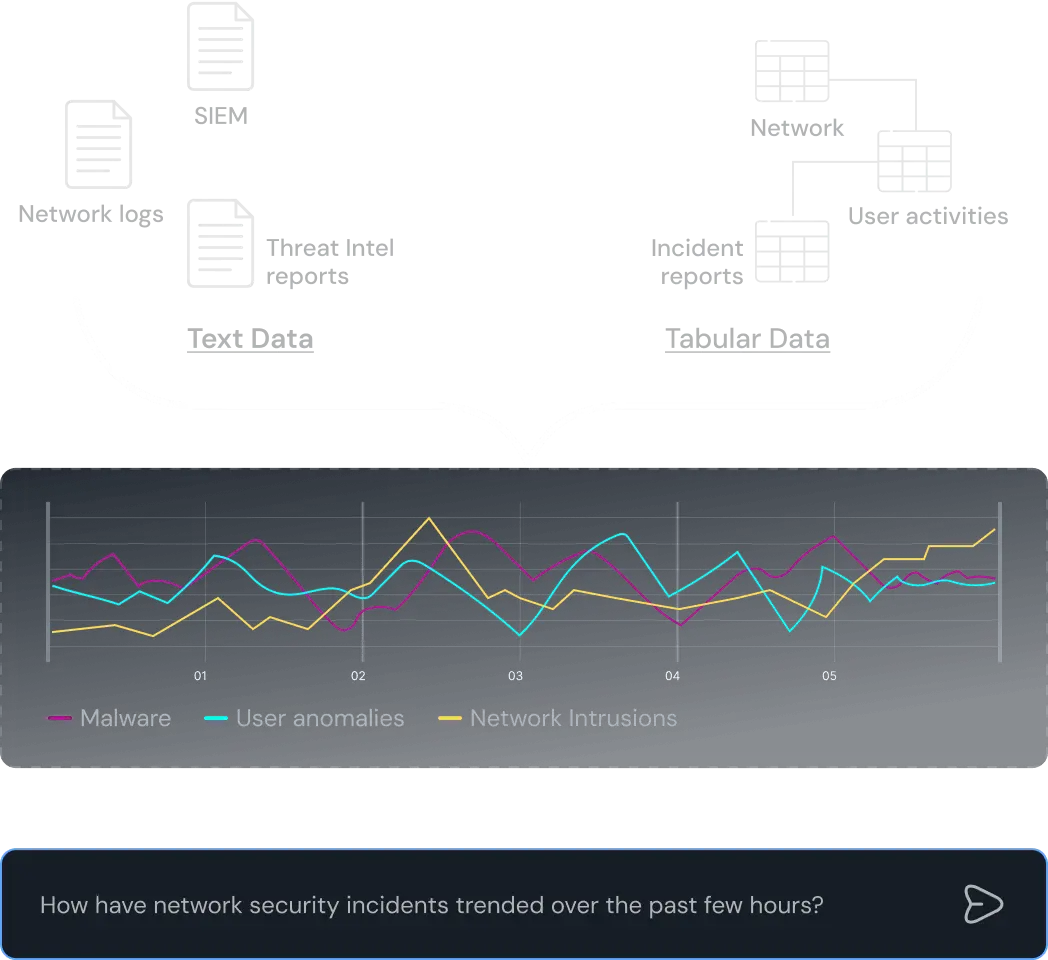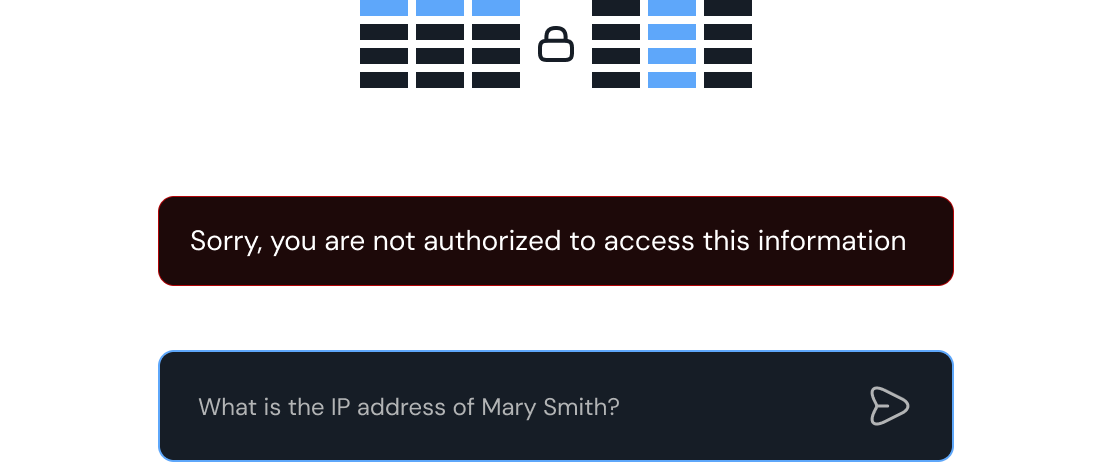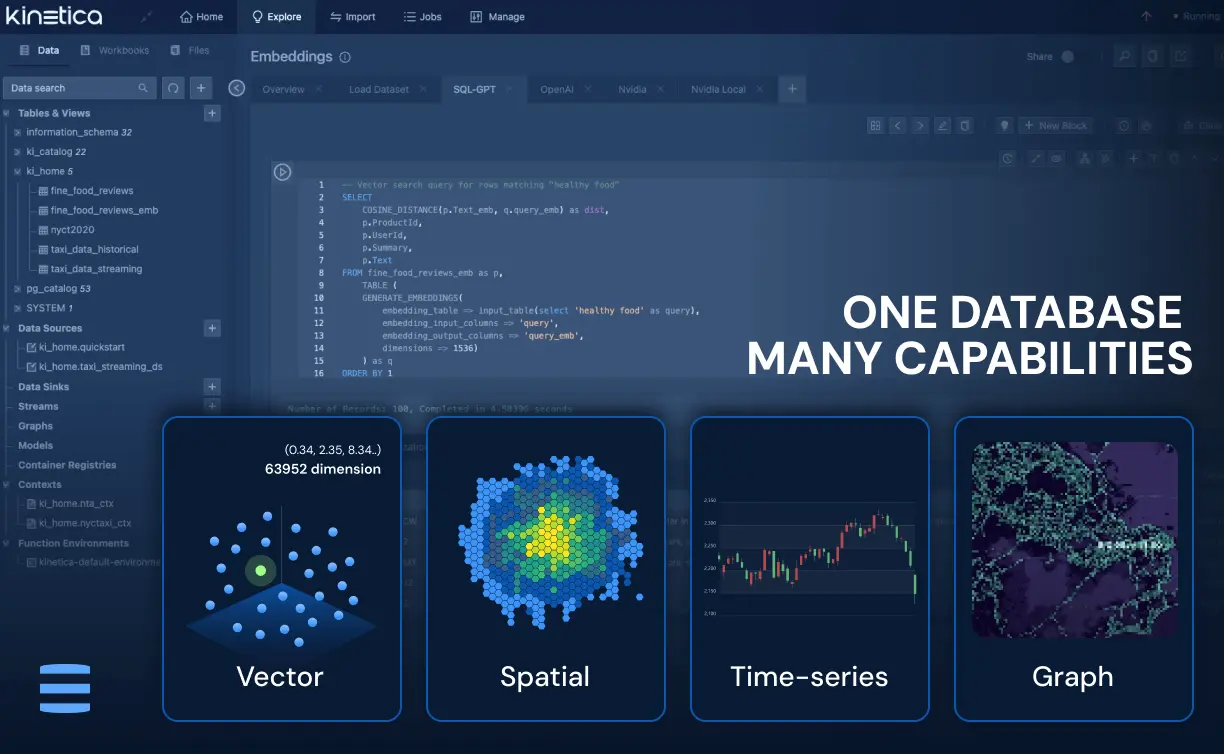AI and Analytics for Real-Time Data



The worlds biggest organizations trust us to solve their hardest problems
The Real-Time Database for
Complex Analytics
Generative AI
GPU Acceleration
Graph Analytics
Spatial Intelligence
Build complex applications that combine vector, graph, spatial, time-series, and OLAP using SQL.
Build real-time agents that leverage all your data using vector, graph and SQL based retrieval.
Leverage the GPU to deliver 10X the performance on complex workloads in the cloud or the edge.
Detect fraud, optimize supply chains, solve complex routing problems and more.
Draw insights from spatial data with an engine that is 15X faster than PostGIS.



The worlds biggest organizations trust us to solve their hardest problems
Speed and Performance at Scale

Don't need speed? You likely don't need us.
Kinetica is built to deliver high-speed, complex analytics at scale on modern GPUs and CPUs. If speed isn’t a priority, you likely don’t need us.
Kinetica is 9X faster than Clickhouse
Kinetica is 1.2x faster than SingleStore
Kinetica is 5x faster than BigQuery
Everything you’d expect in an enterprise database
Write Queries in SQL
Kinetica is ANSI SQL compliant, making temporal and spatial analytics easy to use. SQL Query Support »
Flexible Cloud Deployment Options
Kinetica is ANSI SQL compliant, making temporal and spatial analytics easy to use. SQL Query Support »
Horizontal Scale Out
Work with petabytes of data at speed with Kinetica’s memory-first, fully distributed architecture.
Ingest/Egress Universal Formats
Kinetica connects to a wide range of popular BI tools such as Tableau, Spotfire, PowerBI, ESRI, DBeaver and Grafana for real-time analytics with Postgres Wireline compatibility, or through the ODBC/JDBC connector.
Cell-Level Security
Define dynamic obfuscation, redaction, and access rules down to the column level. Kinetica works with industry standard external authentication and identity systems like LDAP, Active Directory and Kerberos. Security »
REST & Native API's
Data Scientists and Developers can develop sophisticated applications with REST and Native APIs. Language specific APIs are available for C++, C#, Java, Javascript, NodeJS & Python. API Documentation »
High Availabilty
Kinetica offers node and process failover for in-cluster resiliency, and multiple clusters may be grouped in a ring resiliency to spread data and ensure eventual consistency. High Availability »
Tiered Storage
Kinetica prioritizes and manages data across VRAM, RAM, disk, and cold storage and can create external tables for working with data in HDFS, S3 and Azure.
Postgres Compatible
Multi-Modal Analytics
Build scalable AI agents and real-time data applications that combine vector, OLAP, graph, time-series, and spatial operations within a relational framework accessible through SQL, Python, REST, and more.
Generative AI That Works
Kinetica unlocks all enterprise data - text and tabular - for Generative AI co-pilots and Agentic workflows.
Generative AI That Works
Kinetica unlocks all enterprise data - text and tabular - for Generative AI co-pilots and Agentic workflows.






A Range of Industries Use Kinetica
Sensor and machine data is proliferating and creating new opportunities across many industries.

Telecommunications
For analyzing network data and coverage patterns

Logistics
For monitoring the movement of goods and optimizing routes

Insurance
For assessing potential claims based catastrophic weather events

Financial Services
Run search (full text + semantic) and analytical workloads, and operationalize all your enterprise data to your models. No specialty databases required.

Defence agencies
For building a common operating picture and enhancing situational awareness

Oil & Gas and Energy
For optimizing energy usage in buildings and industrial facilities
Real Time at Enterprise Scale
Build event handling platforms that give you the edge over your competition. Our multimodal analytics engine performs complex spatial, graph, time series and vector computations on massive amounts of real-time streaming data within seconds.
Do the hard. Easier. Cheaper
Is Kinetica Right for You?
Take our quick survey to discover if your business can benefit from Kinetica’s cutting-edge performance.
Based on your score, Kinetica seems like a great fit for you.
Looks like Kinetica might not be the right fit for you. Please try out our free versions to explore more.
0
Get Started
Find the perfect fit below—free options include our Cloud and Developer editions, while advanced solutions for production come fully managed or on-premise.
Free Cloud
A fully managed service hosted by Kinetica with 10 GB of storage. Get started in minutes.
Developer Edition
Your free forever personal copy of Kinetica. A single node installation that requires docker.
Enterprise Edition
Deploy on custom hardware or your AWS cloud infrastructure. For mission-critical workloads.
Dedicated Cloud
A full managed service for production use cases. Start for as low as $1.80 / hr.






